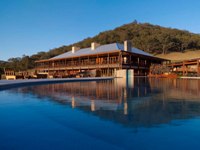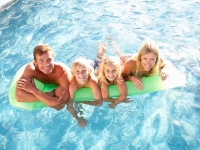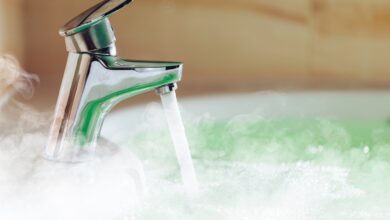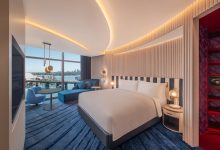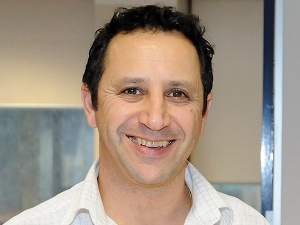
Retro-fitting hot water for energy efficiency and safety
When reviewing your hot water system for energy reduction, consideration needs to be given to not only the amount of energy used for human consumption and the efficiency of the heating plant.
The amount of energy consumed in maintaining the ring main hot, the heat loss from other sources and the temperature of the hot water supplied should be considered for both energy savings and customer safety.
Two methods available to reduce domestic hot water energy consumption are centralised solar water heaters and heat pump. Commercial solar systems with in-series gas or electric boosters can supply as much as 55 – 80% of the hot water needs depending on geographic location. Centralised heat pump plant with sufficient storage capacity to meet the peak demand period is useful in reducing energy consumption as heat pumps produce up to 3.5 times the energy as they use in generating hot water. In other words, they are up to 350% efficient.
To take advantage of solar and heat pump, the energy must be stored for use at a later stage and space must be available to house the required storage capacity. How much storage is required is dependent on the amount of energy savings required which will be governed as much by available space for plant as budget constraints.
Solar hot water – Solar installations are eligible to generate small scale technology certificates (STCs) that helps to reduce plant capital cost. How much hot water is able to be produced will largely depend on the amount of available unshaded roof space with a northern aspect and plant space for storage tanks. Consider the shading that neighbouring buildings will provide during different seasons.
Depending on building vintage and design, the heat loss from the central ring main can be relatively high as a percentage of the total energy consumption of hot water. Rheem now offers solar systems with the ability to measure the amount of solar energy available and use this energy in preference to the gas or electric boost plant to maintain the building ring main at temperature, maximising the use of solar energy and reducing total running costs.
Collectors should ideally be inclined at the latitude angle, however setting them up to 15° off the latitude angle in either direction will result in only a minor loss in performance. It is recommended solar collectors do not lie flat on a roof to reduce their visibility above parapets.
In locations prone to overnight frost, indirect and drain back solar systems that provide inherent freeze protection should be installed.
Heat pump hot water – Heat pumps are particularly useful when replacing resistance electric water heaters, where the existing three phase infrastructure can be used to power the heat pump.
Whilst recovering quicker than solar, heat pumps are still considered a slow recovery water heater and for this reason sufficient storage must be made available to meet any peak demand requirements.
Heat Pumps generate noise and while there is plenty of other equipment in a hotel or motel that generates noise, their location away from accommodation is recommended. Heat pumps generate cold air as a by-product of heating water and so adequate ventilation must be allowed for if installed within a plant room. This cold air can be used to effect as needed. By the same token, locating the heat pump near any heat dissipating equipment will be beneficial to the heat pump performance and efficiency.
It should be noted that commercial heat pump systems are not eligible to generate STCs.

Lowering running costs – The graph shows relative running costs and CO2 emissions for various fuel types, heat pump and solar combinations.
Where hot water systems rely on LPG or electricity as the primary source of energy, both solar and heat pump options have the potential to offer significant running cost savings.
Operating the system at excessive temperatures increases the rate of heat loss. Water heating equipment should be turned down to a minimum of 60oC to maximise efficiency and comply with regulations. Alternatively a centralised warm water system (such as Rheem Guardian) which circulates tempered water at 50oC can be added to existing water heating plant to reduce energy losses even further whilst providing scald protection for guests.
Case study – Southern Ocean Lodge is Australia’s first true luxury lodge, offering a unique and exclusive travel experience on Kangaroo Island in South Australia.
Floating atop a secluded cliff on a rugged stretch of coast, the lodge commands peerless views of the wild Southern Ocean and pristine Kangaroo Island wilderness. Sensitive, intimate and sophisticated, Southern Ocean Lodge is a sanctuary of refined comfort and luxury, Kangaroo Island style.
Hot water requirements: Southern Ocean Lodge features 21 guest suites with a hot water load of 2400L over a 1 hour peak demand period. The lodge is 80% powered by two Cummins M11 diesel gen sets and 20% PV solar and an efficient means of hot water generation was required.
Solution: Rheem provided two commercial heat pumps and six 410 litre storage tanks. Due to the remote location and potentially cold climate an electric back up was included to supplement the heat pumps to ensure hot water was available on demand.

